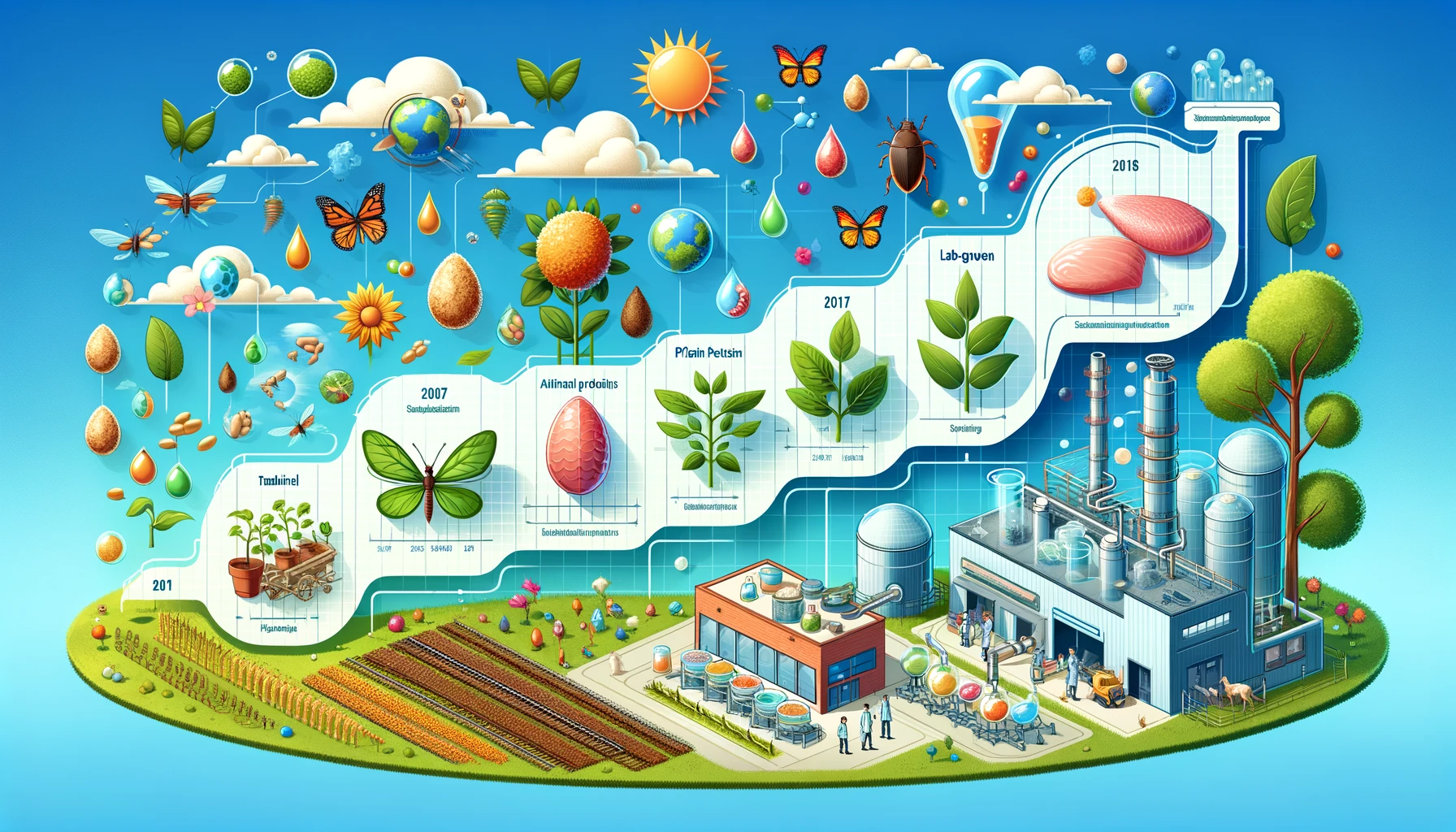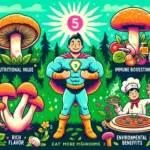The Evolution of Protein Alternatives: Sustainable Innovation for the Future

June 23, 2024
The food landscape is undergoing a significant transformation, driven by growing consumer awareness of the importance of more sustainable and environmentally friendly solutions. In this context, alternative proteins are emerging as key players in a revolution that is redefining the way we think about food. Through innovation and technology, visionary companies are developing new protein alternatives that can meet nutritional needs without compromising sustainability.
The Plant Protein Revolution: When Innovation Meets Tradition.
At the beating heart of the plant protein industry is a British company that is redefining the boundaries of what is possible. The THIS™ company has set out to create products that deserve a place on our table, pushing the boundaries of classic vegetarian offerings. Husni Abboushi, THIS™ Senior Innovation Manager, shares the company’s exciting journey in offering consumers innovative protein alternatives that combine taste, texture, and nutritional value.
Insect Protein: A Turn for the Pet Food Market.
As the plant protein industry continues to evolve, another frontier is opening up in the pet food world: insect proteins. Bjarne Gravesen Jensen, CEO of Globe Buddy, one of the newest sustainable startups on the European pet food scene, explores how this innovative resource is about to revolutionize the market. We will learn how insect protein is transforming the industry, offering greener and more nutritious solutions for our four-legged friends.
Beyond the Cow: Animal-Free Milk Processing.
Environmentally conscious consumers are well aware of the need to reduce dairy consumption. However, questions remain about covering nutritional needs. Vanessa Castagna, of TurtleTree, a precision fermentation company, discusses how technological innovation is bridging this gap, offering alternatives to cow’s milk that preserve nutritional value.
Exploring the New Horizons of Protein Alternatives.
As plant, insect and fermentation-derived proteins gain ground, a broader landscape of protein alternatives is emerging. From spirulina algae to synthetic proteins, innovation is opening up new possibilities to meet the growing demand for sustainable and nutritious solutions. Let’s discover together how these innovative solutions are redefining the future of nutrition.
The Challenge of Consumer Acceptance.
Despite technological advances, the adoption of alternative proteins is largely dependent on consumer acceptance. Addressing public perceptions and prejudices is a key challenge for innovator companies. We explore the strategies employed to educate and engage consumers, promoting the adoption of these revolutionary solutions.
Regulation and Safety: Navigating the Uncharted Waters.
The development of new alternative proteins also raises important regulatory and safety issues. Companies must carefully navigate through a rapidly changing landscape, ensuring compliance with guidelines and protection of consumer health. We discover how industry leaders are addressing these challenges to ensure the introduction of safe and reliable products.
Collaboration and Synergies to Accelerate Innovation.
Innovation in alternative proteins is not a solitary path. On the contrary, it requires close collaboration among companies, researchers, and institutions. We explore how synergies between different actors are accelerating the development of increasingly advanced and publicly accessible solutions.
Scalability and Accessibility: Making Alternative Proteins Mainstream
As alternative proteins gain popularity, a key challenge is to make them accessible at scale. Companies must address issues of scalability of production, cost, and distribution to make these solutions sustainable and affordable for consumers. We explore how innovation is addressing these challenges to democratize access to alternative proteins.
The Environmental Impact of Alternative Proteins.
A major driver of the adoption of alternative proteins is their lower environmental footprint compared to traditional sources. We examine in detail how different alternative protein solutions, from algae cultivation to precision fermentation, are reducing their impact on the environment and contributing to a more sustainable future.
Nutrition and Wellness: Ensuring the Perfect Balance
While the sustainability aspect is critical, alternative proteins must also meet the nutritional needs of consumers. We explore how innovative companies are balancing the nutritional and environmental aspects to offer products that fully meet health and wellness needs.
Emerging Trends and Future Prospects
Looking to the future, alternative proteins are positioning themselves as key players in an unprecedented culinary evolution. Let’s explore emerging trends, from lab-grown meats to proteins derived from unexpected sources, and project ourselves to a horizon where innovation and sustainability redefine our relationship with food.
Article source here.









